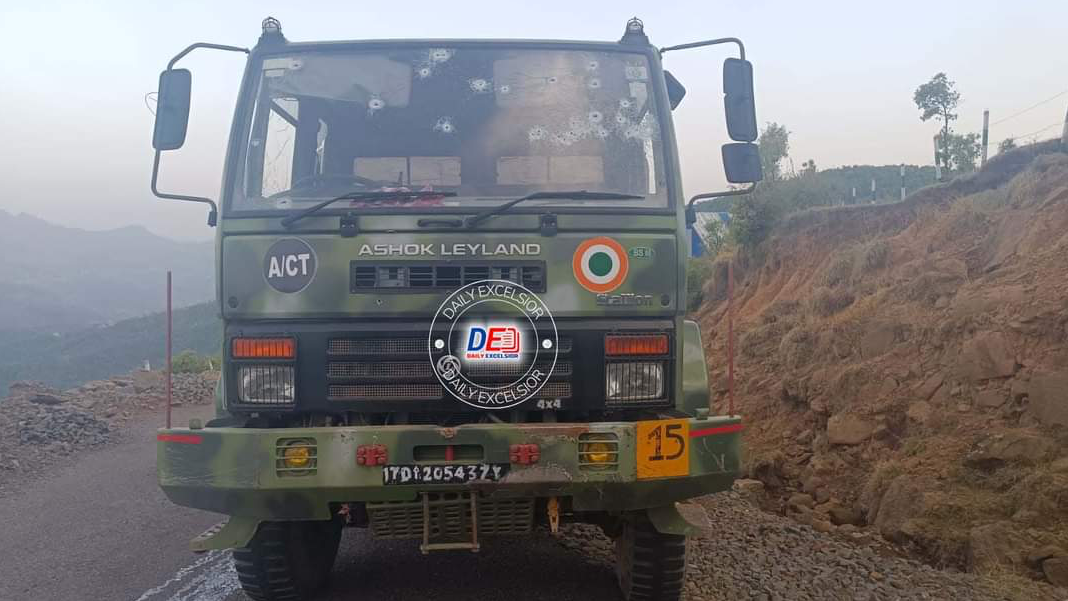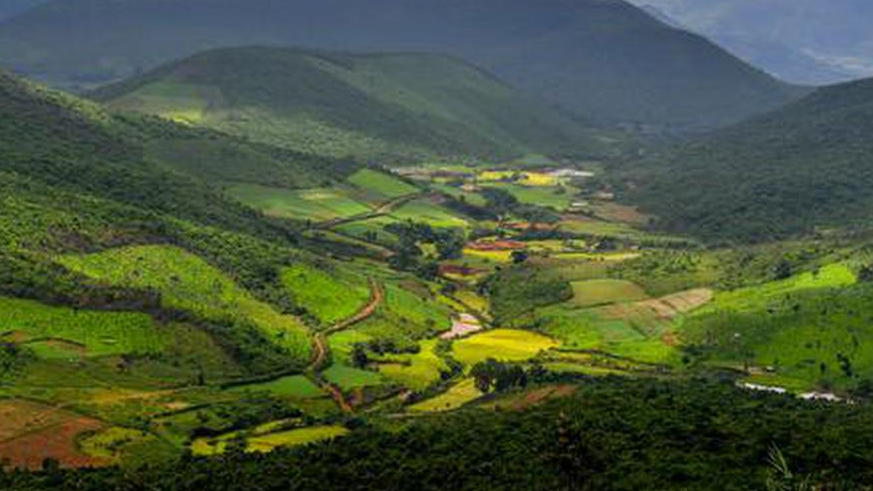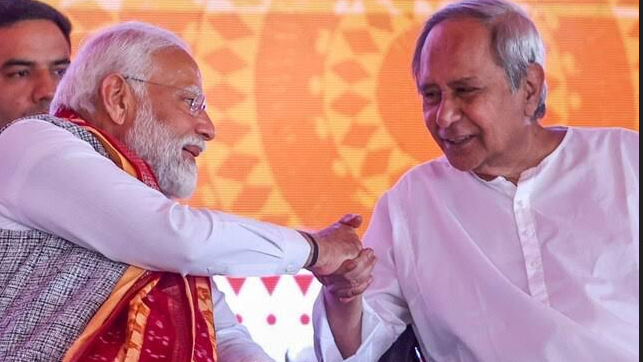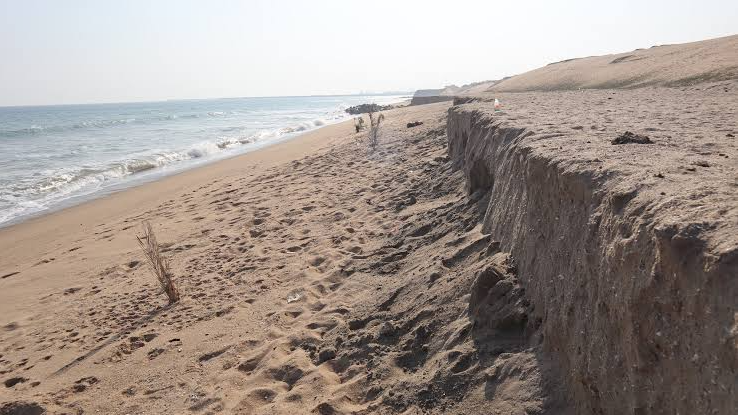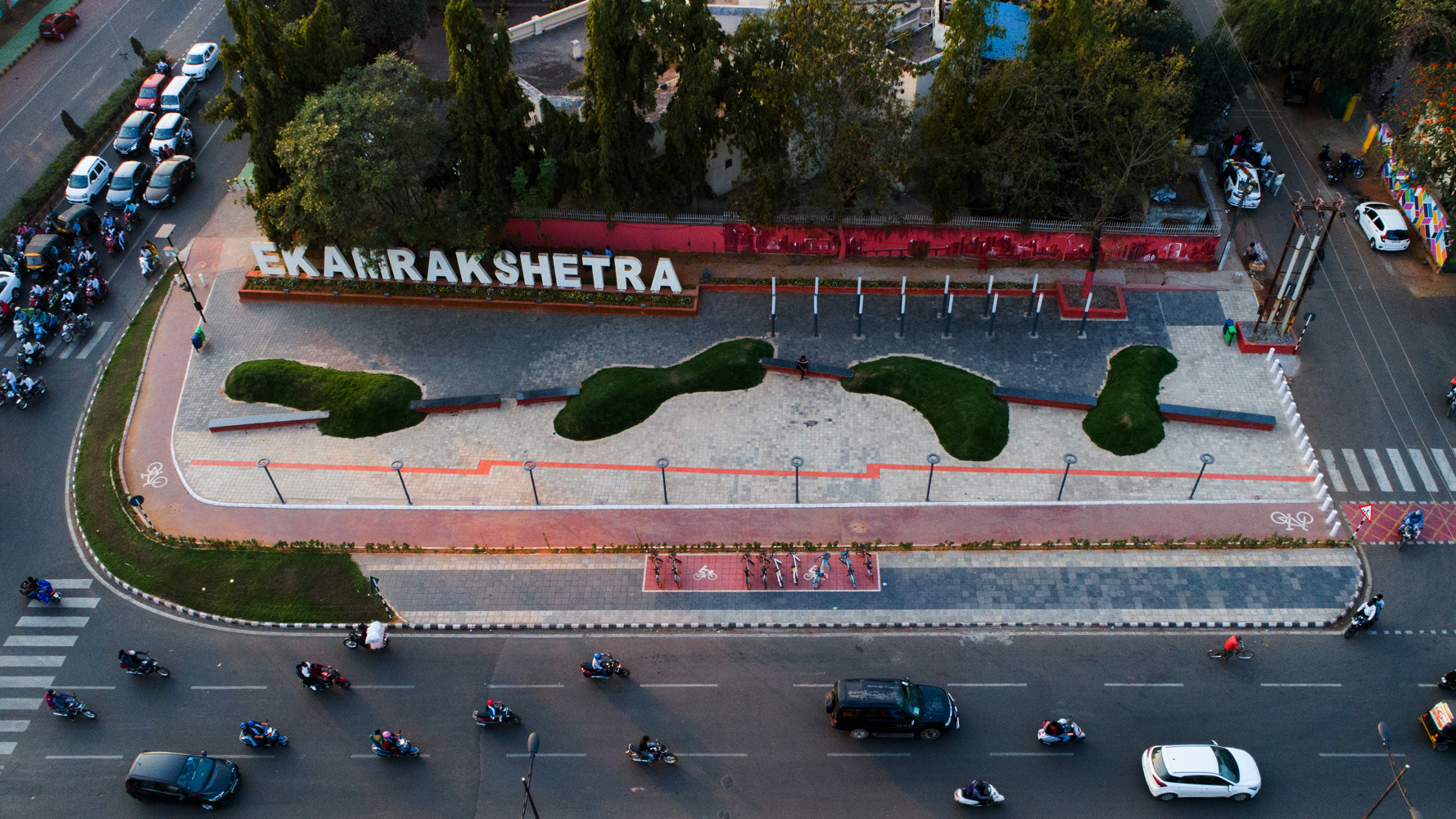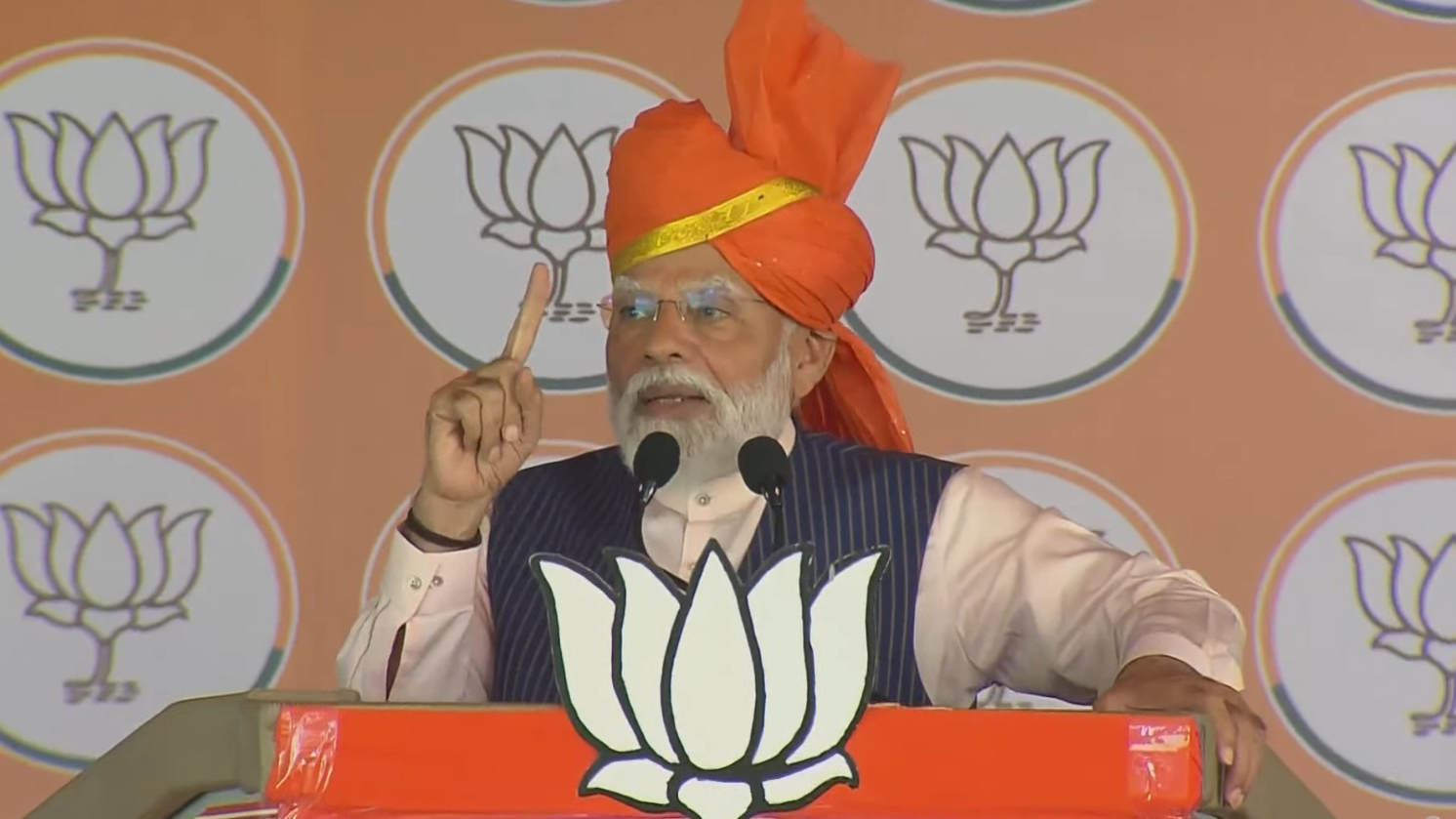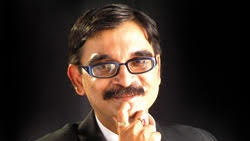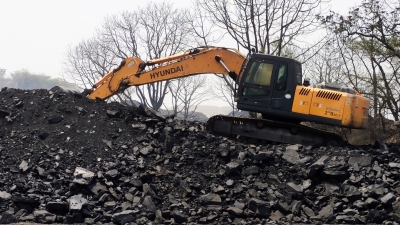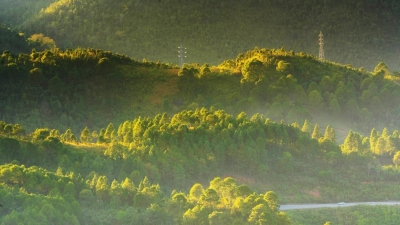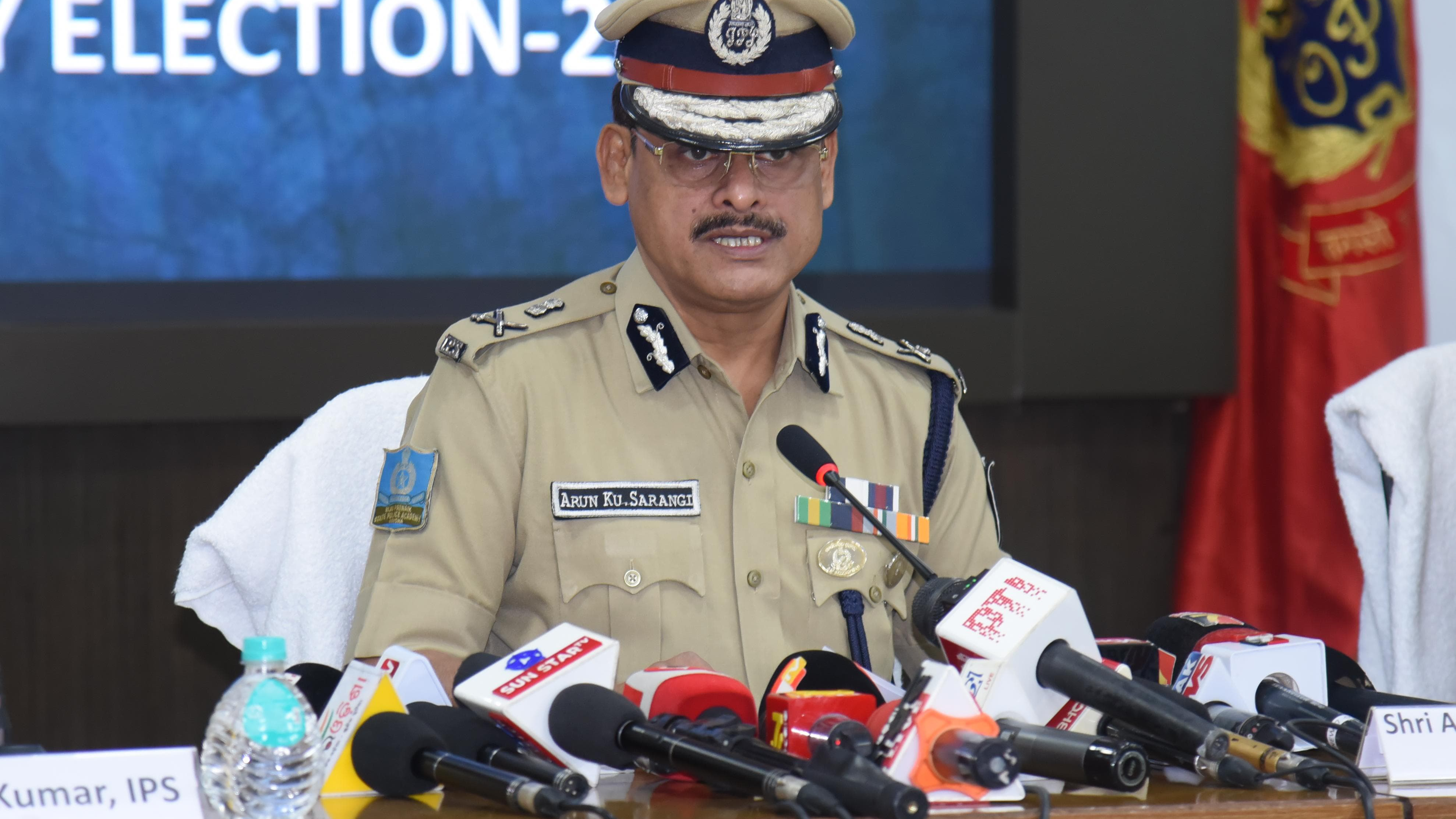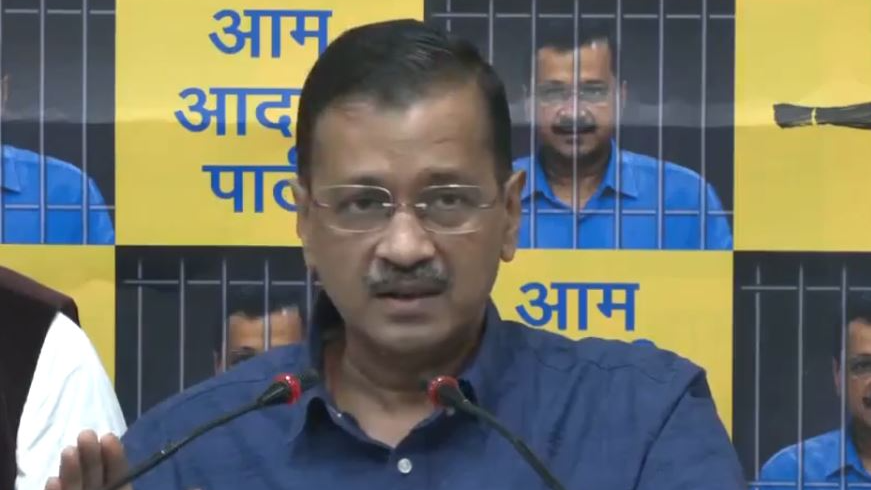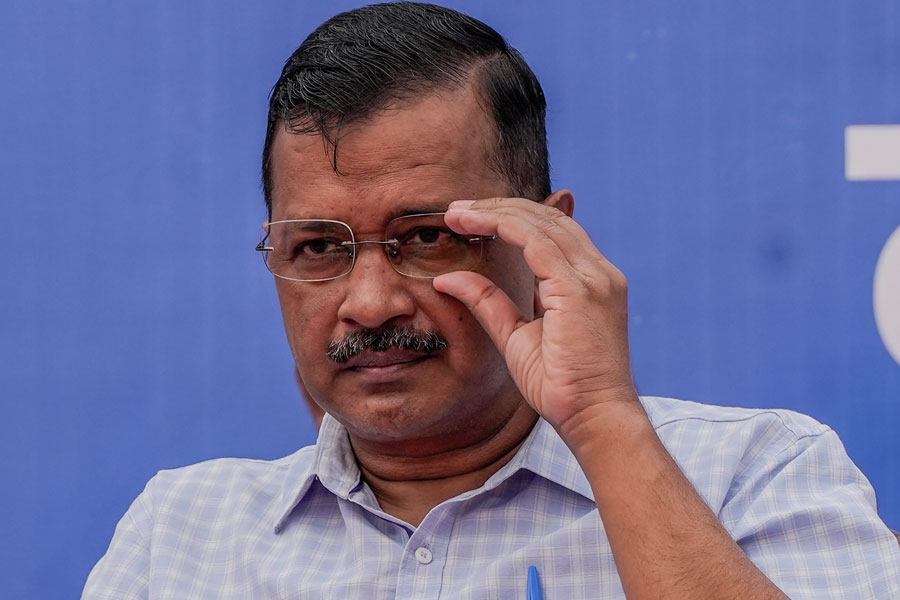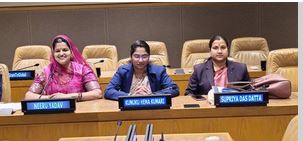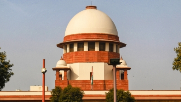Mrinal Chatterjee
On this day, April 28 in 1936, the first Odia film Sita Bibah (Marriage of Sita) was released at Laxmi Talkies in Puri. Then it was screened at the first cinema hall of the state, Sitaram Vilas Talkies, popularly known as SSVT, Berhampur and subsequently in other places of Odisha, including Cuttack, which would emerge as the film making hub. It came 23 years after the first Indian film Raja Harischandra and three years after Alam Ara, the first talkie movie (film with sound) released on April 21, 1913 and March 14, 1931, respectively.
Loosely based on the play written by Kampal Mishra on the marriage of Lord Ram and Devi Sita and adapted from the epic The Ramayana, Sita Bibah was produced and directed by Mohan Sundar Deb Goswami, a prominent personality of Rasa Lila and founder of Annapurna Theatre. Mohan Sundar also wrote the screenplay of the film and 12 of the 14 lyrics of songs of the film, besides acting in it. The other two of songs were written by Narasingha Nathsharma.
It is said that Bengal based theatre director Shirish Chandra Ghosh, reportedly encouraged Mohan Sundar Deb Goswami to venture into producing of a film, while Chandi Charan Saha, the owner of a gramophone record company at Kolkata, suggested him to make Sita Bibaha into the first Odia movie. Most of the artists from his Rasa Troupe acted in Sita Bibaha. While Goswami himself acted as Vishwamitra, other prominent artists played other roles like Makhanlal Banerjee (Ram), Prabhyavati (Sita) and Adaita Ballabha Mohanty (Laxman).
The two hour film was made with a budget of Rs Thirty Thousand. Mohan Sundar as the producer had to seek loans to pay the artists. Makhanlal Banerjee, who played the character of Ram was paid Rs 120 as remuneration, while Prabhavati (Sita)Devi was paid Rs 150. Adaita Ballabha (Laxman) Mohantygot only Rs 30 as conveyance allowance.
Though Sita Bibah showed signs of commercial success, it got destroyed in a freak fire. Fortunately, the script of the film was found by the family members of Goswami. The film’s screenplay was published by Odisha Cine Critic Association in the form of a book in 2017.
Election in Peak Summer
April is the cruellest month. Thus begins one of the most important pieces of modern poetry T.S.Eliot’s The Waste Land, first published in December 1922. One hundred and two years later, we are realising how prophetic these lines are. More so the persons directly associated with the elections- the candidates, party workers, people who have joined rallies and meetings and persons associated with conduct of the dance of democracy. As the mercury touches 42-43 degree Celsius in several cities and towns of Odisha, Bengal, Bihar and many other states – the scorching sun rages on- one feels like being roasted alive. To make life even miserable, some of the speakers at the election rallies and meetings make such hot speeches, which further increase the temperature.
Silver Filigree Work of Cuttack
Odisha's Cuttack city is known for its fine silver filigree work (called Rupa Tarakashi) of intricate design and fine craftsmanship from 12-13th century. It recently got a Geographical Indication (GI) tag.
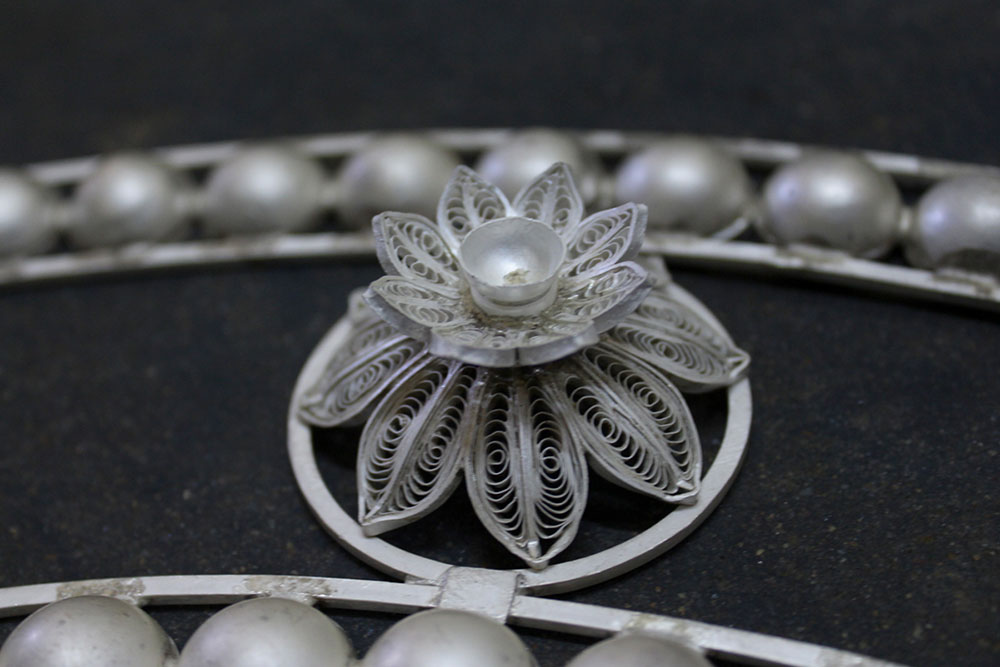
In Odia, “tara” means wire and “kasi” means to design. Thus, as part of Rupa Tarakasi, silver bricks are transformed into thin fine wires or foils and used to create jewellery, showpieces, decorative items and religious artifacts. In Cuttack, the filigree artisans showcase their talent during Durga Puja, creating elaborate and intricately designed backdrops (called medha in Odia) and crowns of the deities. The filigree work of Cuttack is quite distinct in character from the indigenous silver jewellery of the country.
While the exact origin of the filigree art in Cuttack is not clear, it is known to have existed as far back as the 12th century. The art form received considerable patronage under the Mughals. Over the years, as Cuttack transitioned through the hands of different rulers, the silver filigree took on new forms without losing its basic distinctive features.
Distance to Sun
It seems either the sun has come closer to the planet earth or the planet earth has moved closer to the sun, leaving its orbit.
Disclaimer:
This is the personal opinion of the author. The views expressed in this write-up have nothing to do with www.prameyanews.com.











